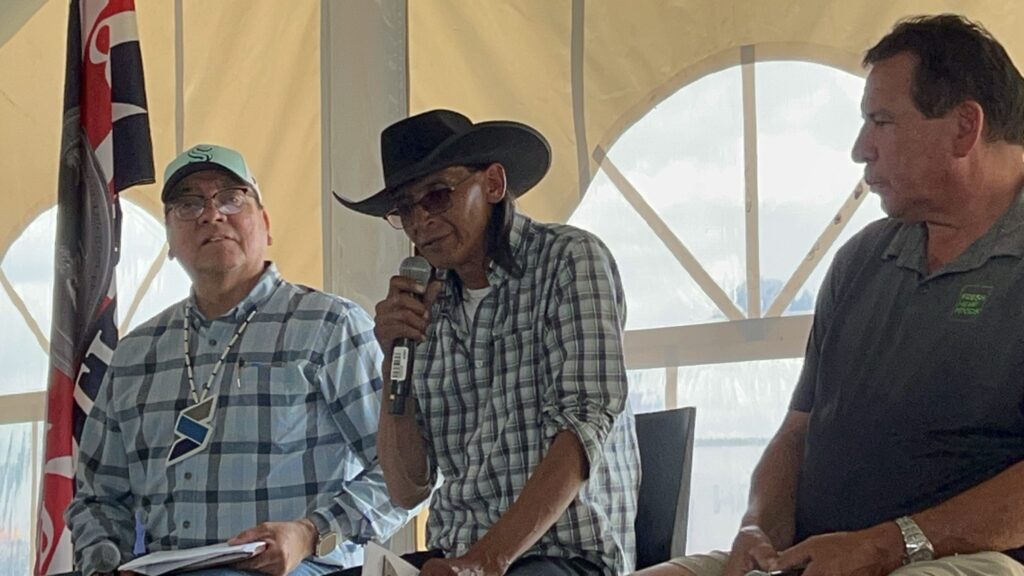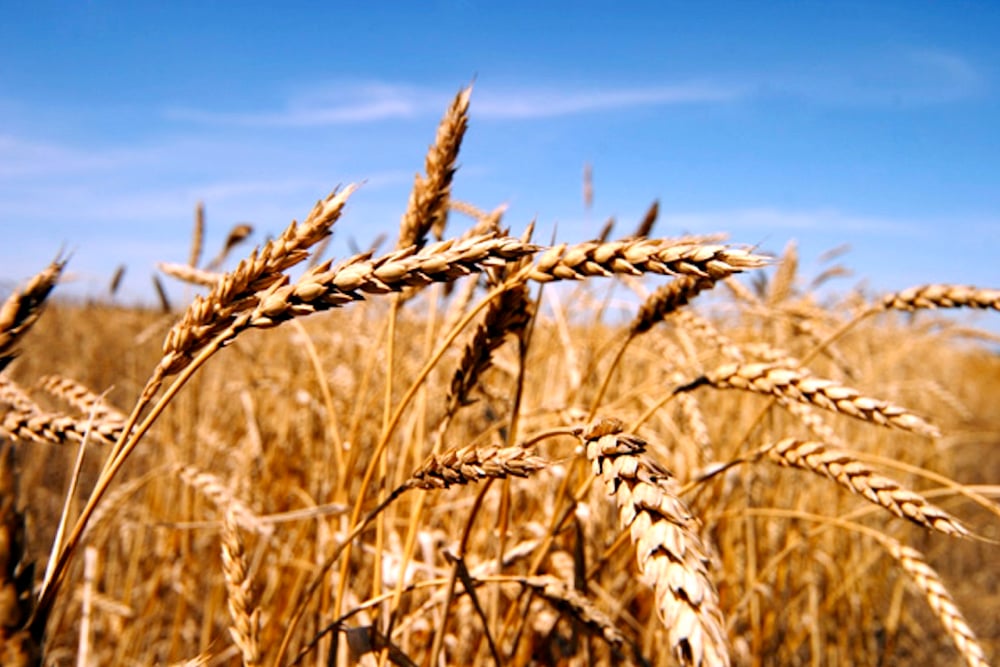Indigenous producers discuss farming challenges in AIM Panel

Farmers on the Ag in Motion Indigenous Producers Panel say there isn’t enough Indigenous agriculture today and there’s too much reliance on others for lifestyle.
Indigenous people have been farming for thousands of years—a fact that is often forgotten or dismissed. It’s ebbed and flowed over the centuries, with it growing during the slow disappearance of the bison on the plains and shrinking with Indigenous people being forced onto reserves. Today, the number of Indigenous producers is strong, but this demographic of farmers is waning.
Read Also


From AIM: Sawfly and midge-resistant wheat named AAC Oakman VB
The variety, which is in its first year of seed grower increase and marked for a 2026 release, is a surprise even to its future seed supplier. This is because naturally-bred insect tolerance is rare, said Todd Hyra, western business manager for SeCan at Ag in Motion 2024.
Terry Lerat, owner of 4C Farms on Cowessess First Nation, said that it’s time to expand farming on the reservations and increase the independence of Indigenous people.
“I would like to say we have some advantages over anybody else because I think we are the largest landholders in North America collectively, the First Nations,” he said. “And we should be able to use our land, utilize our land to be self-sustaining as much as we can.”
Others on the panel said it’s only recently that the Indigenous people involved in the industry realized the worth and value of agriculture. Warren Many Grey Horses, who started GH Farms Inc. in 2021, shared that his knowledge of agriculture and the capital of the industry was very limited until he was helping a local white farmer with his operation.
“We watch these farmers, and we help them harvest our seed, harvest our lands and at the end of the day, you know what? I’m still that broke man at the end of the harvest,” Many Grey Horses said. “And as a native man, I would have never gained that knowledge of farming and I would never have that discipline if it wasn’t for him, so I was extremely grateful and thankful for that.”
However, it left him with the question of how Indigenous people could this on their own land.
Many Grey Horses took the step and began his own operation, opting for the learn-as-you-go route. However, the panel offered some solutions, hoping to address the lack of agriculture despite many reservations having good farmland.
Darryl McElroy and Lerat said a big thing would be to encourage Agriculture in the Classroom programs on reservations to stoke interest in children — something that shows the young people a possible future in all areas of agriculture.
“We need to get some more people back to our nations that have that kind of training,” said McElroy, who went to university for agronomy. “Who can be our plant breeders, be our agronomists and tell the true story.”
Many Grey Horses said his favourite thing is how family-oriented farming can be. He enjoys being able to have his grandkids around and to be able to teach them about agriculture.
Lerat, who only began his farm in 2019, said that his biggest piece of advice is to find the support. It can be a challenge, but perseverance is key.
“Utilize every entity that’s out there,” Lerat said. “I found they’re more than willing to help First Nations.”
Many Grey Horses echoed this, “For the new guys coming up… just be courageous. Don’t let something get you down. You have to shake the dust off. Unbelievable patience and fortitude.”
Source: Farmtario.com

